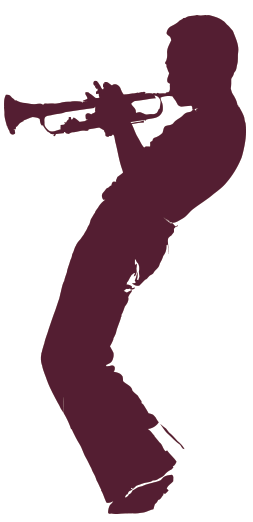
Music Therapy

Music Heals the Soul
Music therapy is defined in biomedical terms as:
“… the enhancement of human capabilities through the prescriptive and planned use of musical influence on function of the human brain.”
Taylor, D.B., 2010, Biomedical Foundations of Music as Therapy
The American Music Therapy Association (AMTA) defines music therapy as:
“… the clinical and evidence-based use of music interventions to accomplish individualized goals within a therapeutic relationship by a credentialed professional who has completed an approved music therapy program.”
“Marie! The dawn is breaking, Marie! You’ll soon be waking …”
The concept of using music as a healing agent is at least as old as the writings of the ancient Greeks. Even the Old Testament alludes to the use of music for therapeutic purposes when David played the harp for King Saul, the first king of Israel, to rid him of a troublesome spirit:
“Now the distressing spirit from the Lord came upon Saul as he sat in his house with his spear in his hand. And David was playing music with his hand.”
1 Samuel 19:9
Music Therapy became an established health profession during the 1940s and uses music and its 7 elements – melody, tempo, rhythm, timbre, harmony, form, and dynamics – within a therapeutic relationship to address a variety of client needs including physical, psychological, cognitive, and behavioral functions.
Music Therapy encompasses a myriad of well-established interventions and techniques that address therapeutic needs. Additionally, new techniques particularly in the fields of Medical Music Therapy are being developed as research in the profession advances.
For example, as the medical community learns more and more about neuroplasticity – i.e., the brain’s ability to remap neural pathways around damaged areas caused by stroke or traumatic injury – so too are advances in Music Therapy being developed to help individuals with brain damage improve functionality.


